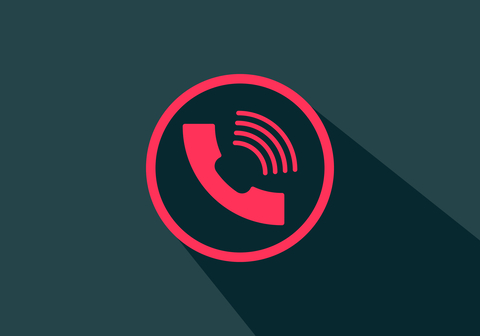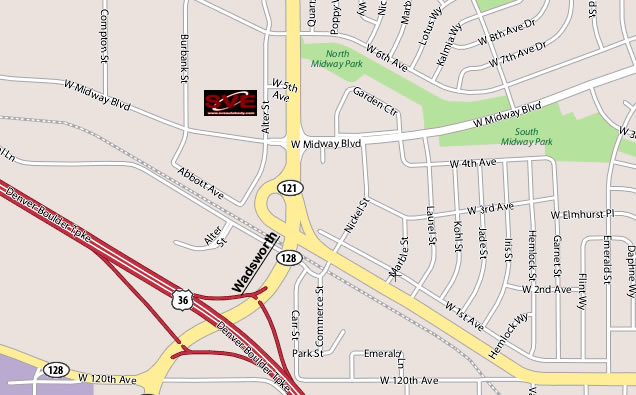Common Car Accident Damage Types and Their Repair Solutions
Have you ever wondered about the different types of damage your car might suffer in an accident, and what kind of repairs are needed to fix them? Accidents can be stressful, and understanding the nature of the damage can significantly ease the process of getting your vehicle back on the road. Let’s explore common car accident damage types and their repair solutions, equipping you with valuable insights when facing such circumstances.
Types of Car Accident Damage
Car accidents vary in severity, and so does the damage they cause. It’s essential to identify the type of damage to determine the suitable repair solution. Here are some of the most common types of car accident damage you’re likely to encounter.
Cosmetic Damage
Even minor accidents can cause scratches, scrapes, and dents. Cosmetic damage doesn’t usually affect the car’s functionality but can significantly impact its appearance and resale value. Identifying cosmetic damage is crucial, as it often requires straightforward repair solutions.
Solutions for Cosmetic Damage
- Painting: Chips or scratches are often fixed with touch-up paint or by repainting the affected area.
- Dent Repair: Techniques like paintless dent repair can restore the car’s original look without needing a new paint job.
Frame Damage
The car’s frame, or chassis, acts as its structural backbone. Damage to the frame can potentially impact vehicle safety and handling. It’s critical to address frame damage promptly to ensure the car’s integrity.
Solutions for Frame Damage
- Realignment and Welding: Advanced tools are used to realign the frame to its original blueprint. Welding might be required for structural reinforcements.
- Replacement: In severe cases, sections of the frame may need to be replaced entirely.
Glass and Window Damage
Car windows and windshields are prone to cracks and chips during accidents. Glass damage not only poses a visibility risk but can also compromise your safety if not handled properly.
Solutions for Glass Damage
- Chip Repair: Small chips and cracks are often repaired with a resin that restores the glass’s integrity.
- Replacement: Extensive damage often necessitates replacing entire windows or windshields.
Bumper Damage
Bumpers are designed to absorb impact during minor crashes. However, even low-speed collisions can cause significant bumper damage.
Solutions for Bumper Damage
- Repair: Minor cracks or dents can often be repaired using specialized filling substances.
- Replacement: Severely damaged bumpers usually need to be replaced to ensure optimal protection.
Mechanical Damage
Accidents can affect the car’s mechanical components, especially in severe collisions. Damage to engines, brakes, and steering systems can severely impact your car’s performance.
Solutions for Mechanical Damage
- Component Replacement: Damaged parts need to be replaced with new or salvaged components.
- System Diagnostics and Repairs: Cars may require extensive diagnostics to assess the damage precisely followed by necessary repairs or replacements.
Factors Influencing Repair Solutions
Not all car damage is dealt with uniformly. Several factors influence the choice of repair techniques and solutions, impacting both the cost and time required.
Insurance Coverage
Insurance plays a critical role in deciding repair solutions. Your coverage can dictate whether a repair or replacement is more feasible, stressing the importance of understanding your policy details before heading to the repair shop.
Severity of Damage
The extent of the damage significantly impacts the repair methodology. Minor damage might only need simple fixes, while severe damage can require in-depth assessments and more comprehensive repairs.
Vehicle Type
The make and model of your car often dictate repair solutions. Luxury, vintage, or imported vehicles may require specialized parts or expert craftsmanship, potentially affecting the overall repair process.
Repair Shop Capabilities
Choosing a reputable repair shop is essential. Well-equipped shops like SVE Autobody Specialists in Broomfield, Colorado, provide advanced solutions tailored to specific damage types, ensuring high-quality repairs and customer satisfaction.
Repair Process Overview
Understanding the repair process can alleviate some of the anxiety about getting your car fixed. Here’s a general overview of what you can expect when you take your vehicle for repair after an accident.
Assessment and Estimation
The first step involves a thorough assessment to determine the extent of the damage. Technicians inspect both visible and potential hidden damages. After a complete evaluation, an estimated cost and timeline for repairs are provided. Communicating with insurance companies also occurs during this phase to streamline the claim process.
Disassembly and Repair Planning
For significant repairs, disassembling certain components may be necessary to access the damaged areas. During this stage, a detailed repair plan is developed, considering the best tools and techniques to restore the car’s condition.
Repair Execution
Once the plan is in place, technicians begin the actual repair work. This step can involve metalwork, replacement of parts, glass repair, painting, and other necessary tasks to restore your vehicle.
Quality Control and Reassembly
After completing the repairs, a quality control check ensures everything has been done to the highest standards. Parts are realigned, and any replaced components are securely fastened. The car is then reassembled for a final inspection.
Final Inspection and Delivery
Before returning your vehicle, a final inspection is conducted to verify the repairs. The car is cleaned, making it both mechanically sound and aesthetically pleasing. You’re informed about the repairs done and any precautions or future maintenance required.
Common Misconceptions About Car Repairs
Navigating car repairs involves understanding common misconceptions that might lead to confusion or misinformation.
DIY vs. Professional Repairs
While minor repairs may entice DIY enthusiasts, professional repairs offer several advantages, including expertise, appropriate tools, and better materials. Always weigh the pros and cons before deciding to tackle repairs independently.
New Parts vs. Salvaged Parts
Some may think new parts are always superior to salvaged ones. However, using certified salvaged parts can be a cost-effective solution without compromising on quality. Reputable repair shops ensure salvaged parts are thoroughly tested for reliability.
Time Constraints and Repair Delays
Many assume repairs can be completed very quickly. However, quality repairs take time, especially if insurance claims, part availability, or extensive damage comes into play. Understand that patience is essential for ensuring a well-done job.
Tips for Avoiding Car Accidents
Knowledge of common accident damages is essential, but preventing accidents is even better. Here are some practical tips to help avoid accidents in the first place.
Practice Defensive Driving
Remain vigilant and anticipate other drivers’ actions. Maintain a safe distance from vehicles and stay within speed limits to reduce the chances of a crash.
Regular Vehicle Maintenance
Keeping your car in optimal condition ensures critical systems function correctly, minimizing breakdowns that could lead to accidents.
Avoid Distractions
Stay focused when driving. Avoiding phone use, loud music, or busy conversations can significantly reduce the risk of an accident.
Stay Informed About Local Traffic Laws
Understanding and adhering to traffic regulations can prevent legal troubles and minimize accident risk. Regular updates on traffic law changes are beneficial.
Conclusion
Understanding the various types of car accident damage and their respective repair solutions brings peace of mind and confidence in handling post-accident scenarios. Being informed about the repair process, common misconceptions, and key prevention tips is essential to ensure your safety on the road. By following these insights, you can ensure that, when the unexpected happens, you’re prepared to navigate the aftermath effectively.












